Garmin vs Samsung: Which sports watch is best for you?
These two smartwatch brands boast multiple models with a range of great fitness and everyday features - but which should you choose?

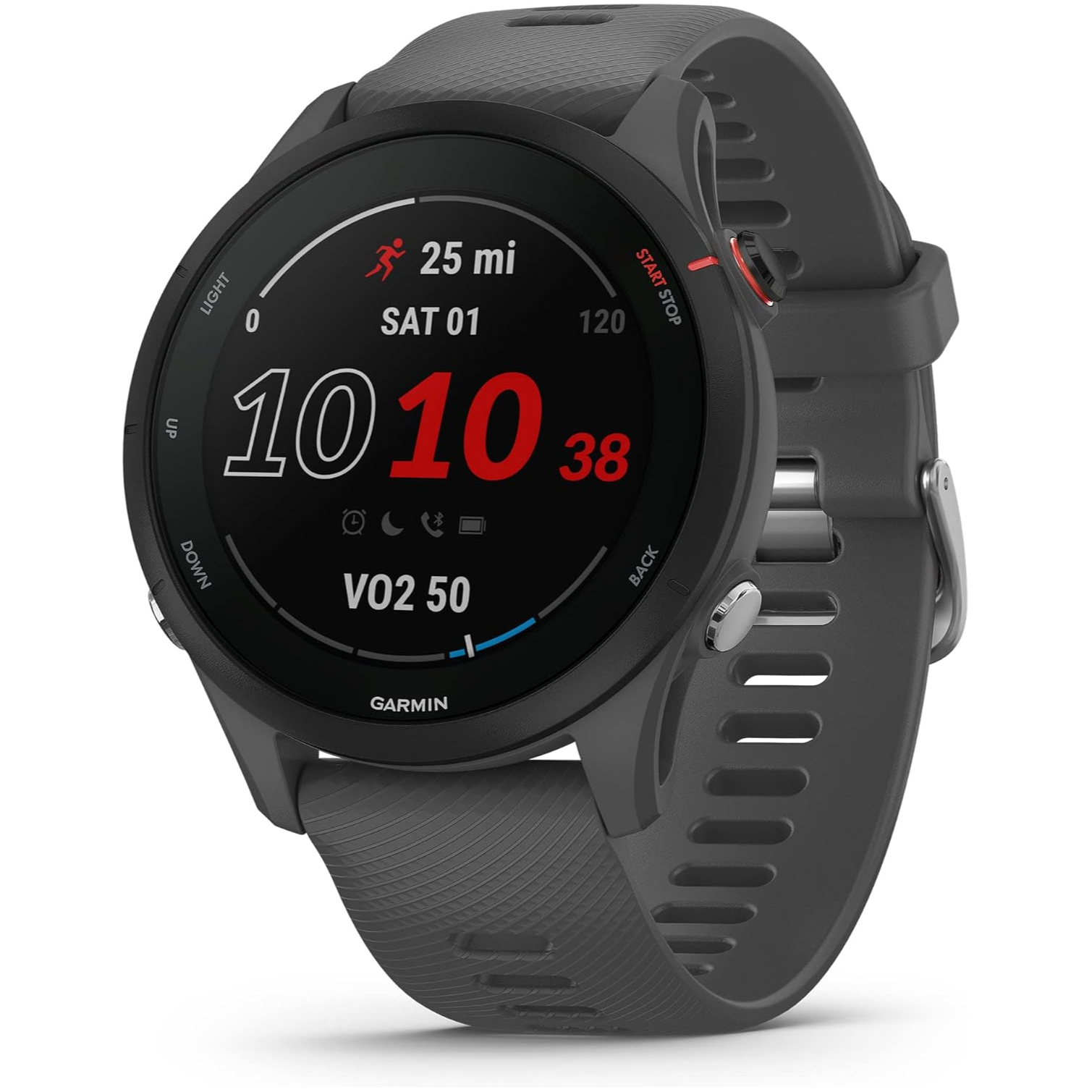
Garmin's wide range of watches provide high-tech GPS tracking, fitness monitoring, and plenty of sports modes. Different models cater to different sportspeople at different price points. Among the Garmin range, you can find expensive, multi-purpose watches like the Fenix 8 and Forerunner 965, and cheaper alternatives like the Forerunner 55.
The watch pictured above is the Forerunner 255.
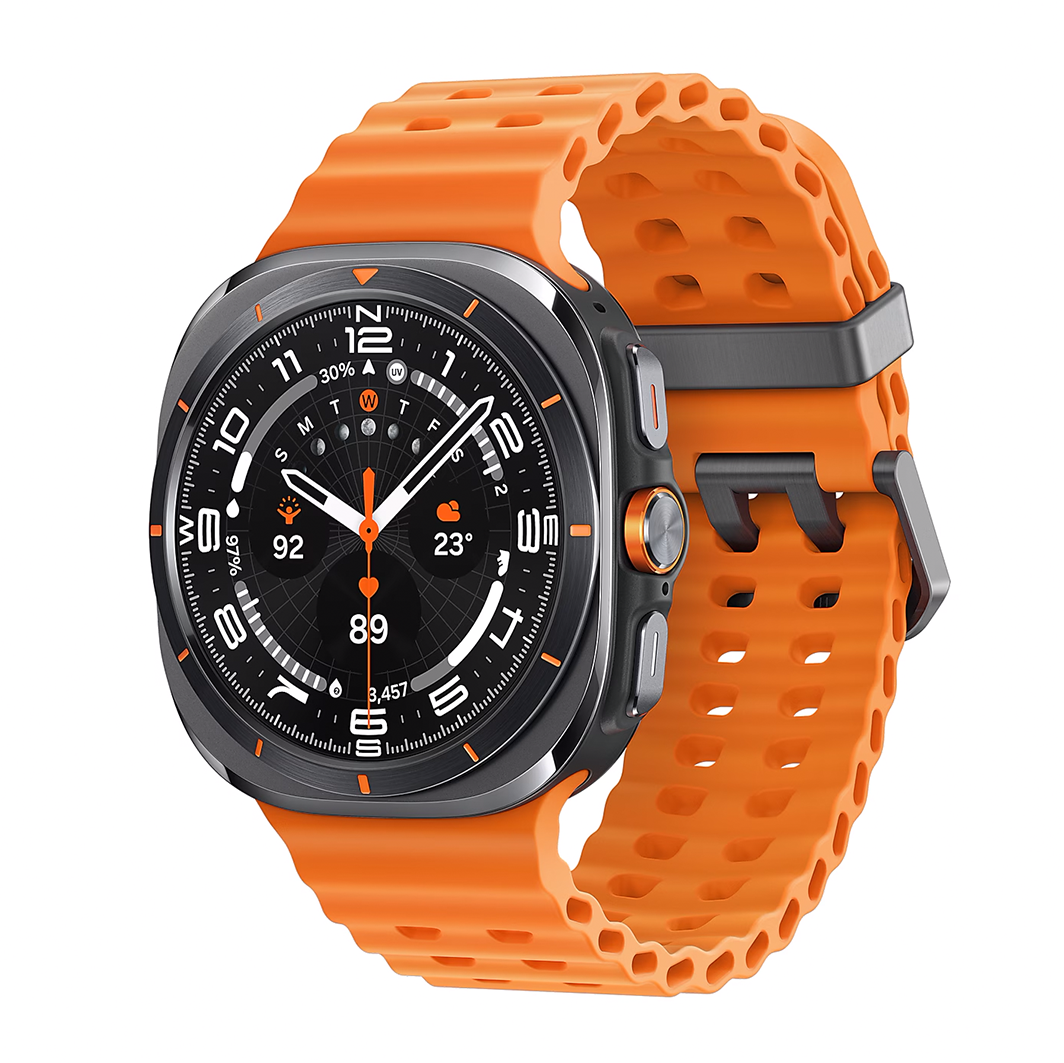
Samsung offers a few different models in its smartwatch range - all designed to suit individual needs.
The Galaxy Watch 7 and Galaxy Watch Ultra are the two newest. The former is built for handy everyday use and includes plenty of handy smartwatch features. The Ultra, on the other hand, is designed for high performance in the wilderness, with a rugged exterior and greater depth of sports modes and fitness trackers.
You could also consider Samsung's budget offering - the 40mm Fit 3, which features an impressive selection of sports modes and won't break the bank.
The watch pictured is the Galaxy Watch Ultra LTE.
If you're keen to get your hands on a high-quality smartwatch, the best Garmin watches are probably at the forefront of your mind, but there are plenty of other brands to choose from.
Alongside big names like Apple and Fitbit, Samsung's range of high-tech smartwatches aims to rival Garmin with plenty of sleek features and sports compatibility.
Both brands have a long history of crafting fitness wearables. Garmin GPS watches have been on the market since 1989, while Samsung released its first 'watch phone' a decade later.
Samsung watches are typically built for everyday use, while Garmin excels in sports performance and fitness tracking.
If you just can't choose between a Garmin or Samsung smartwatch, look below for all the key information to help you make the right decision.
The Verdict
Garmin and Samsung both produce high-tech smartwatch ranges, capable of tracking your health and performance in the wilderness. The model that's right for you depends on what you're going to be using your watch for.
Top-end Garmin devices are hard-core health trackers that monitor every aspect of your fitness to paint a vivid portrait of your overall health. If you're after a super-detailed tracker, which measures everything from your skin temperature to heart rate, then a well-rated Garmin watch like the Fenix 8 is the one for you.
All the latest inspiration, tips and guides to help you plan your next Advnture!
Samsung, on the other hand, excels in handy everyday smartwatch features, like call, text, and email compatibility. Super-smart Samsung devices like the Galaxy Watch Ultra are still great fitness trackers, but don't offer the same in-depth analysis as the best Garmins.
Garmin devices are also generally extremely reliable in the field, whereas Samsung users have reported a few issues with key tracking features like GPS.
Price is another key area, and Samsung watches are generally cheaper. You can find the latest Ultra watch for $649.99 (£599.99) online, while a top-end Garmin is likely to cost $300 (£224) to $350 (£261) more.
Pros and cons
Both brands have strengths and weaknesses, which set them apart in different areas.
Garmin Pros
- Typically rugged and durable
- Long-lasting battery lives
- Reliable GPS tracking
- A wide variety of accurate fitness trackers
- Multiple training modes
- Some models can make and receive calls
Samsung Watch Pros
- Bright OLED and AMOLED displays
- Compatible with iPhone
- Competitive pricing
- Plenty of handy fitness features
- Long battery life
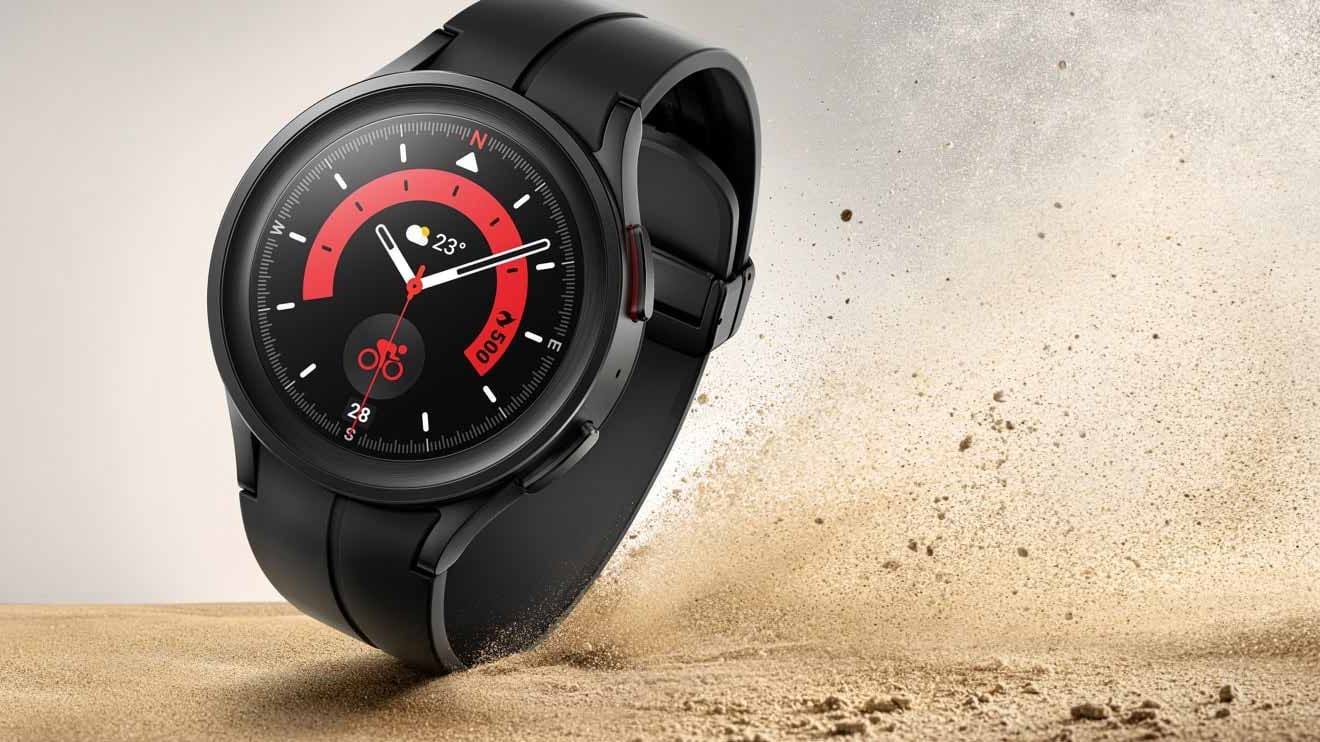
Garmin Cons
- High-end options are very pricey
- Susceptible to bugs and can occasionally crash
- Complex user interface
Samsung Watch Cons
- Some models are big and bulky
- Some models have GPS accuracy issues
- Some heart-rate tracking issues
Price
- Garmin is more expensive throughout the price range
- Samsung Galaxy has very cheap budget options
Top-of-the-range Garmin sports watches are far more expensive than their Samsung counterparts. The brand new Fenix 8 watch will set you back roughly $999 (£949.99) while Samsung's flagship model, the Galaxy Watch Ultra, costs $649.99 (£599.99).
While the $350 (£350) price discrepancy is certainly sizable, it seems about right considering the many more sports modes and health trackers available to Fenix 8 users.
Samsung's lifestyle-oriented model, the Galaxy Watch 7, is comparable in price to Garmin models like the Venu 3 and Venu 3S, which place a greater emphasis on everyday use rather than sports compatibility. You can find most of these watches for around $300 (£224) to $350 (£261).
At the bottom of the price range, budget Samsung devices like the Fit3 are far cheaper than the least expensive Garmin watches.
You can find a new Fit 3 watch on Amazon for about $50 (£37.28) while Garmin's dependable budget option, the Forerunner 55 is triple the price at around $150 (£118).
Like the top-end models, the Forerunner 55 has far more to offer than the Fit 3, but Samsung's ultra-budget wearable still has a great selection of sports modes and features for its generous price.
GPS
- Garmin wearables have accurate and dependable GPS
- Some Samsung models have GPS accuracy issues
Garmin watches are renowned for their excellent GPS tracking, offering an accurate, easily understandable picture of your whereabouts at all times. Most Garmin watches have GPS, and accuracy issues are rare, especially with top-end and mid-range models.
The latest Samsung Galaxy Watch Ultra also has super-dependable GPS tracking, which our sister site T3 found to be just as reliable as the Garmin Forerunner 965 - a model designed for wilderness exploration.
There are, however, a few accuracy issues with other Samsung models like the Galaxy Watch 6 and 7, which have reportedly overestimated running distances in testing.
Health trackers and sports modes
- Garmin watches tend to have more advanced health trackers
- The Samsung Galaxy Ultra has a decent selection of functions for measuring wellbeing
Garmin's high-tech range of smartwatches leads the market in health tracking. Up and down the price range, Garmin devices measure a handy range of health metrics to paint a vivid portrait of your health and performance in the wilderness.
Top-of-the-range models like the Garmin Epix (Gen 2) track all manner of metrics from your hydration levels to jet lag, while budget options like the Forerunner 55 measure the essentials with accuracy and insight.
They also feature a diverse range of sports modes to help you train for myriad athletic pursuits.
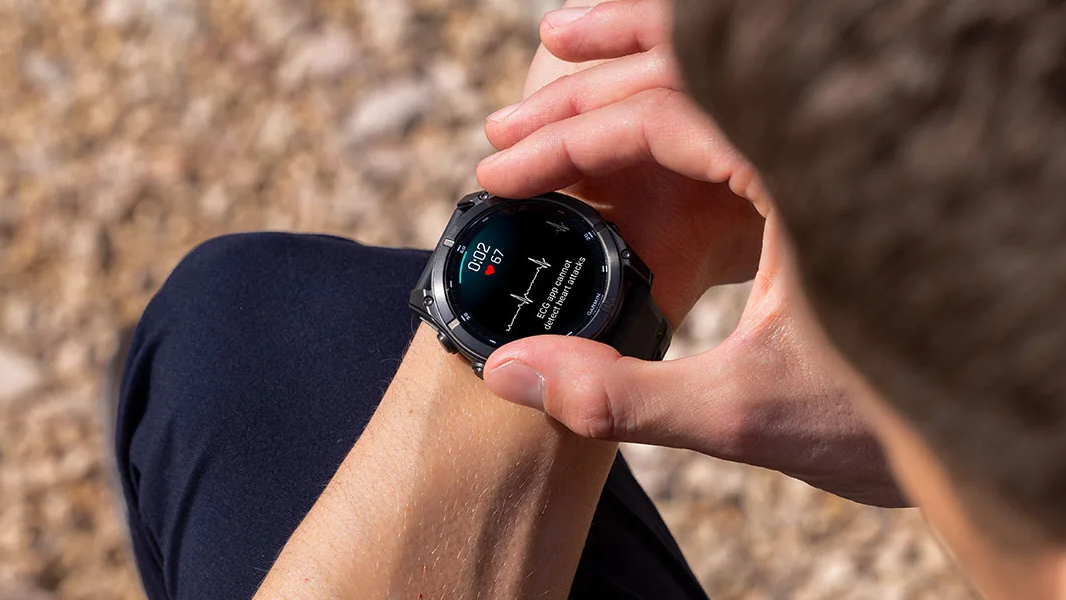
Samsung watches don't boast the same pedigree, but still include useful health trackers and fitness insights.
The Samsung Galaxy Ultra watch is built for fitness fanatics and covers the basics well. Along with essential measurements like your heart rate and blood oxygen levels, there are a few unique trackers like the FDA-approved sleep apnea detector and ECG (Electrocardiogram) feature, which checks for heart rate and rhythm issues.
There's also an insightful energy score, akin to Garmin's body battery feature, which measures your tiredness and estimates when you can get back in action.
These health monitors are generally accurate and dependable.
Like Garmin models, the Galaxy Watch Ultra is great for training thanks to its diverse range of sports modes, which measure your performance with precision.
Ultimately, Samsung's top-end fitness-focused watch is a competitive health monitor, with a little less variety than the best Garmins and plenty of handy sports modes.
Other Samsung models, like the Galaxy Watch 7 and Fit 3, are less suited to exercise and include fewer fitness features than the Ultra.
As the Fit 3 is a basic, budget model, it only measures a few fitness metrics, like your daily activities, sleep, and heart rate.
Both brands boast useful smartwatch apps that show your fitness information and workout data. These easy-to-use apps can be downloaded to most smartphones.
Display and design
- Both Garmin and Samsung devices use AMOLED and OLED displays
- Both brands use the same sturdy glass
- Not all Garmin watches are touchscreen
Both Garmin and Samsung use bright and easily visible OLED and AMOLED displays. These screens offer a vivid, clear image that you can make out in pitch black or bright sunlight.
A few budget Garmin watches use MIP screen displays, which are still clear and visible but a little less shiny and high-tech. In comparison, the budget Samsung Fit3 uses an AMOLED display.
Not all Garmin devices are touchscreen, whereas all modern Samsung watches, even the budget Fit 3, are.
You can still access a wide range of features on non-touchscreen Garmin models, such as the Instinct 2 or Forerunner 255, but you'll need to use the buttons on the side.
The Samsung Galaxy 7, Galaxy Watch Ultra, and Fit 3 all feature the same Corning Gorilla Glass used in Garmin devices. This sturdy, scratch-resistant glass is designed to survive heavy wear and tear in tough environments.
Smartwatch features
- Both brands offer plenty of everyday features
- Samsung Galaxy Watch 7 is built for everyday use
As they're designed for everyday use, watches from Samsung's Galaxy watch series, including the Galaxy Watch Ultra, feature a greater variety of smartwatch features than some fitness-focused Garmin models.
You can use the latest Galaxy Watch 7 to make and take phone calls, send and receive text messages, and access your emails. You can also control your watch using Samsung's voice assistant, Bixby, or download the Google Assistant or Amazon's Alexa from the Google Play Store.
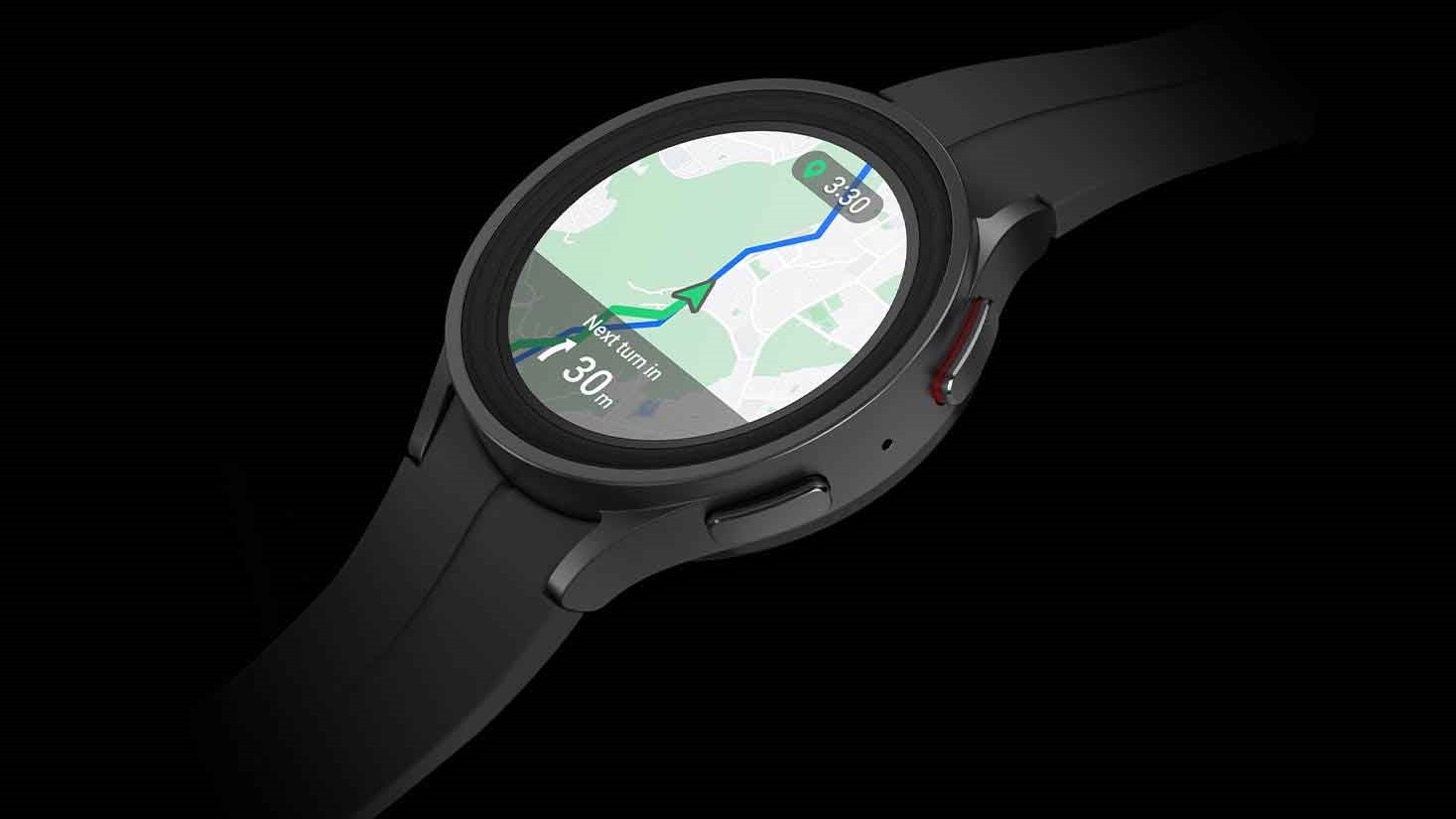
Garmin devices have a few similar smartwatch features, but generally prioritize health modes. Top-end models like the Venu 3 and Fenix 8 can make and receive phone calls, but only when paired with a compatible nearby phone, while text messages are chosen from a pre-determined selection.
Garmin devices throughout the price range can also connect to Bixby and other voice assistants like Google Assistant or Apple's Siri, depending on the phone your device is connected to.
Top-end and mid-range models from both brands can download and store music. They're also Bluetooth compatible, so you can connect your watch to a pair of headphones and listen on the go.
Battery life
- Some Garmin and Samsung devices have comparable battery lives
- The Galaxy Watch 7 falls well short of its Garmin counterparts
Adventure-oriented Samsung and Garmin devices like the Galaxy Watch Ultra or the Fenix 8 can last for days on end, especially when battery-consuming modes like GPS tracking are turned off.
Some Garmin devices can even run indefinitely due to a handy solar-charging feature. The Instinct 2 Solar edition, for example, needs just three hours of sunlight per day to achieve its 'unlimited' battery life.
The Galaxy Watch Ultra doesn't have solar-charging but will still last a long time, with up to 100 hours of battery life in smartwatch mode and 48 hours of working GPS tracking.
Samsung's budget Fit 3 device also has a decent battery life. Without the bells and whistles of its high-tech counterparts, this affordable fitness tracker usually lasts around 6 days, depending on its usage.
The battery life of Samsung's everyday smartwatch models isn't as dependable. The latest Galaxy Watch 7 lasts between 22 and 28 hours on one charge, which pales in comparison to similar devices.
Garmin's budget Forerunner 55, for example, has up to 20 hours of battery in GPS mode and can otherwise last for up to two weeks.
- The best GPS watches: feature-packed timepieces to keep you on course
- The best cheap GPS watches: log your adventures without depleting your savings

Will Symons developed his love of the outdoors as a student, exploring every inch of Sussex’s South Downs national park and swimming off the Brighton seafront. Now a staff writer for Advnture, Will previously worked as a freelance journalist and writer, covering everything from cricket to ancient history. Like most Advnture staff, Will’s free time is rarely spent indoors, he can often be found hiking, open water swimming or playing cricket.
